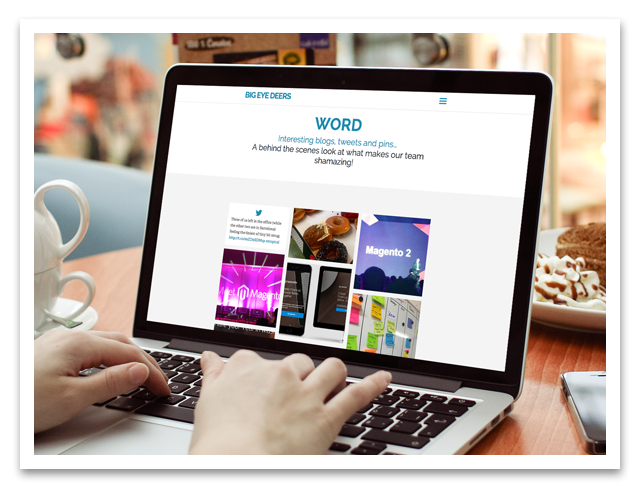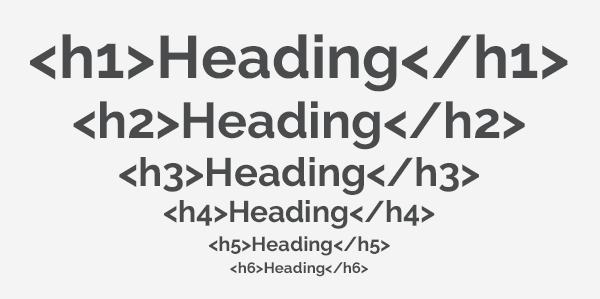Improve SEO with Your On-Page Content
Google rank all pages depending on an extremely complicated algorithm which takes over 200 factors in to account to try and find the websites that will be the best value for the user. A high bounce rate from your site can also affect your SEO so have a peep at our last blog where we gave a few handy tips on how to improve user experience and engage visitors for longer.
Here are 9 tips from BED so you can optimise your SEO by making your content and page structure the bee’s knees:
1) Content is Key…words
Use the Google Keyword Planner to research your market area and find the terms people are most likely to search to reach your website. Have a list of these words within your strategy and look to use them 3-4 times within the content on a medium sized page.

2) Diversify Content
Optimising your text would be the first step, but search engines love content diversity! Try to include a mixture of text, images, videos, PDFs and interactive resources in each of your pages. Not only will this improve user experience and extend their time on your website, it will also tick a few boxes for the Google algorithms.

3) Blog Away
It is important the content on your site stays fresh and continually grows! The best way to do this is by including a blog on your site. Here you can incorporate keywords in to the posts by writing relevant and useful articles for users viewing your site, boosting the SEO ranking.

4) Chat at Least 300 Words
Pages with content exceeding 300 words are ranked higher than those with too little content. This text needs to be unique as you will get negative SEO points for duplicating articles from your own and from other people’s sites.
5) Alternative Images
Add a short ALT tag to images that includes one of the keywords from your content strategy if relevant. Create the tag of words separated by dashes that describes the imag. This helps with SEO as it helps user experience, especially for those that are visually impaired.
6) Topical Headings
As headings tend to have an increased font size, these have increase SEO value and therefore should include your keywords. H1 tags should be on every page as search engines use these to determine the topic of the page. Two key rules: only ever have 1 H1 tag and do not wrap it around images or logos, only text. Subheadings are great for breaking up text for user experience and this can be tied in with use H2 or H3 tags to also improve SEO.

7) Snappy Slugs
Like with the ALT tags for images, keep words separated using a dash, keep them readable and, if possible, don’t go too far past the 100 character mark. Make sure the URL does not go too many directories away from the homepage with it preferably being in the root directory, failing that keep it a maximum of 3 directories away.

8) Get Social
Include links out to your social media on every page and make it nice and simple for users to be able to share pages and posts on your site. The more sites that share links to your site, increasing the number of referral links, helps boost your web presence and, subsequently, your SEO ranking!

9) Pick up the Pace!
The faster the page, the higher your site will rank for that variable in the almighty Google algorithm. Ideally the page should load in under 1.4 seconds, this can be done by making sure image sizes are small, style sheets are all relevant and all code is minified.
Magento
eCommerce
Magento is the leading solution for eCommerce, and we’re specialists. Magento is easy-to-use, completely customisable and endlessly scalable.

Bespoke
Builds
We offer custom web development services for any requirement. Manufacturing from scratch, we deliver a project entirely tailored to your needs.

Working with brands nationally from our offices in Cardiff and Cornwall, our tenacious team of designers and developers deliver sophisticated results every time.


